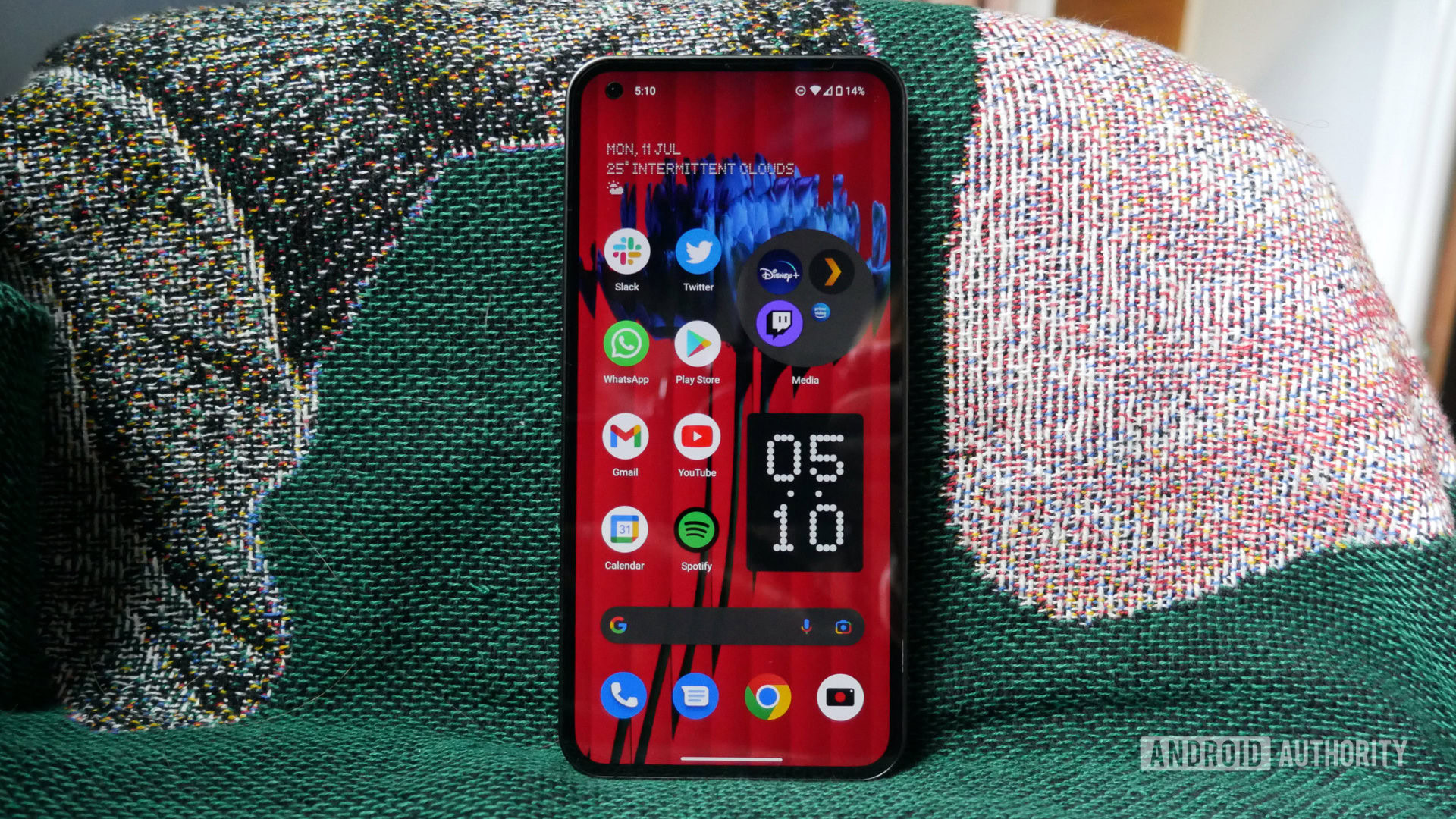Looking for systems to challenge the Acer in our performance comparison charts, I found two low-cost Lenovos: The IdeaPad Slim 3i 15 has the same $599.99 price tag, albeit at Costco instead of Best Buy, while the AMD-powered Lenovo Yoga 7 16 Gen 9 convertible rang up at $799.99. The Dell Inspiron 15 and the Asus Vivobook Go 15 are two other thrifty AMD laptops.
Productivity and Content Creation Tests
Our primary overall benchmark, UL’s PCMark 10, puts a system through its paces in productivity apps ranging from web browsing to word processing and spreadsheet work. Its Full System Drive subtest measures a PC’s storage throughput.
Three more tests are CPU-centric or processor-intensive. Maxon’s Cinebench 2024 uses that company’s Cinema 4D engine to render a complex scene; Primate Labs’ Geekbench 6.3 Pro simulates popular apps ranging from PDF rendering and speech recognition to machine learning; and we see how long it takes the video editing tool HandBrake 1.8 to convert a 12-minute clip from 4K to 1080p resolution.
Finally, workstation maker Puget Systems’ PugetBench for Creators rates a PC’s image editing prowess with various automated operations in Adobe Photoshop 25.
The Aspire Go took a bunch of silver and bronze medals, easily beating the rock-bottom-priced Dell and Asus and showing off its productivity chops in PCMark and Photoshop. It’s no high-powered workstation but isn’t sluggish or balky in moderate multitasking. Expect to draw reliable pep out of this system, but substantial projects might be out of reach.
Graphics Tests
We challenge laptops’ graphics with a handful of animations or gaming simulations from UL’s 3DMark test suite. Wild Life (1440p) and Wild Life Extreme (4K) use the Vulkan graphics API to measure GPU speeds. The Steel Nomad Light subtest focuses on APIs more commonly used for game development, like DirectX 12, to assess gaming geometry and particle effects. Unfortunately, the Aspire Go failed to run both the regular Steel Nomad and the ray-tracing Solar Bay benchmarks.
These laptops’ integrated graphics are blown away by the discrete GPUs of gaming rigs and workstations, so their after-hours pastimes involve casual gaming and video streaming rather than fast-twitch fragging. Again, the Acer was no barn-burner, but it spanked the cheap Inspiron and Vivobook.
Battery and Display Tests
We test each laptop’s battery life by playing a locally stored 720p video file (the open-source Blender movie Tears of Steel) with display brightness at 50% and audio volume at 100%. We make sure the battery is fully charged before the test, with Wi-Fi and keyboard backlighting turned off.
To gauge display performance, we also use a Datacolor SpyderX Elite monitor calibration sensor and Windows software to measure a screen’s color saturation—what percentage of the sRGB, Adobe RGB, and DCI-P3 color gamuts or palettes the display can show—and its 50% and peak brightness in nits (candelas per square meter).
We’ve been spoiled by laptop battery life over the last year or two; almost 14 hours now counts as merely average. The Aspire Go 15 will have no problem getting through a full day of work or school plus an evening of homework or Netflix, though videos won’t dazzle you through its color-challenged display. Its brightness is halfway between the murky 250 nits of the cheapest notebooks and the 350-plus nits we like to see from IPS panels.









